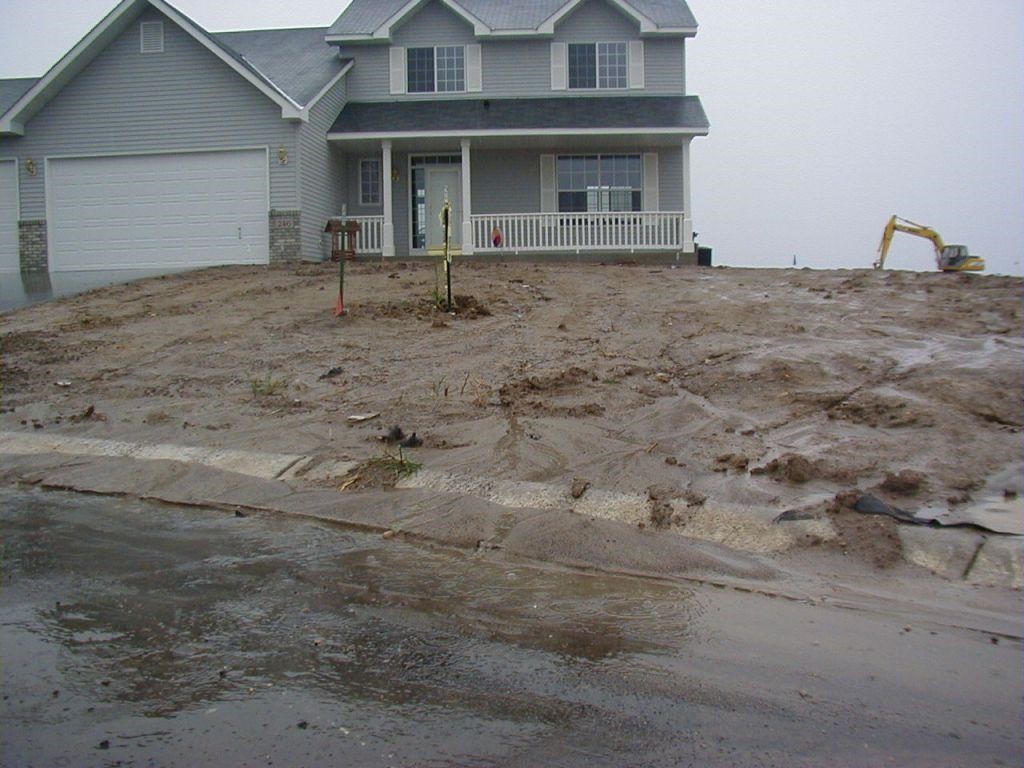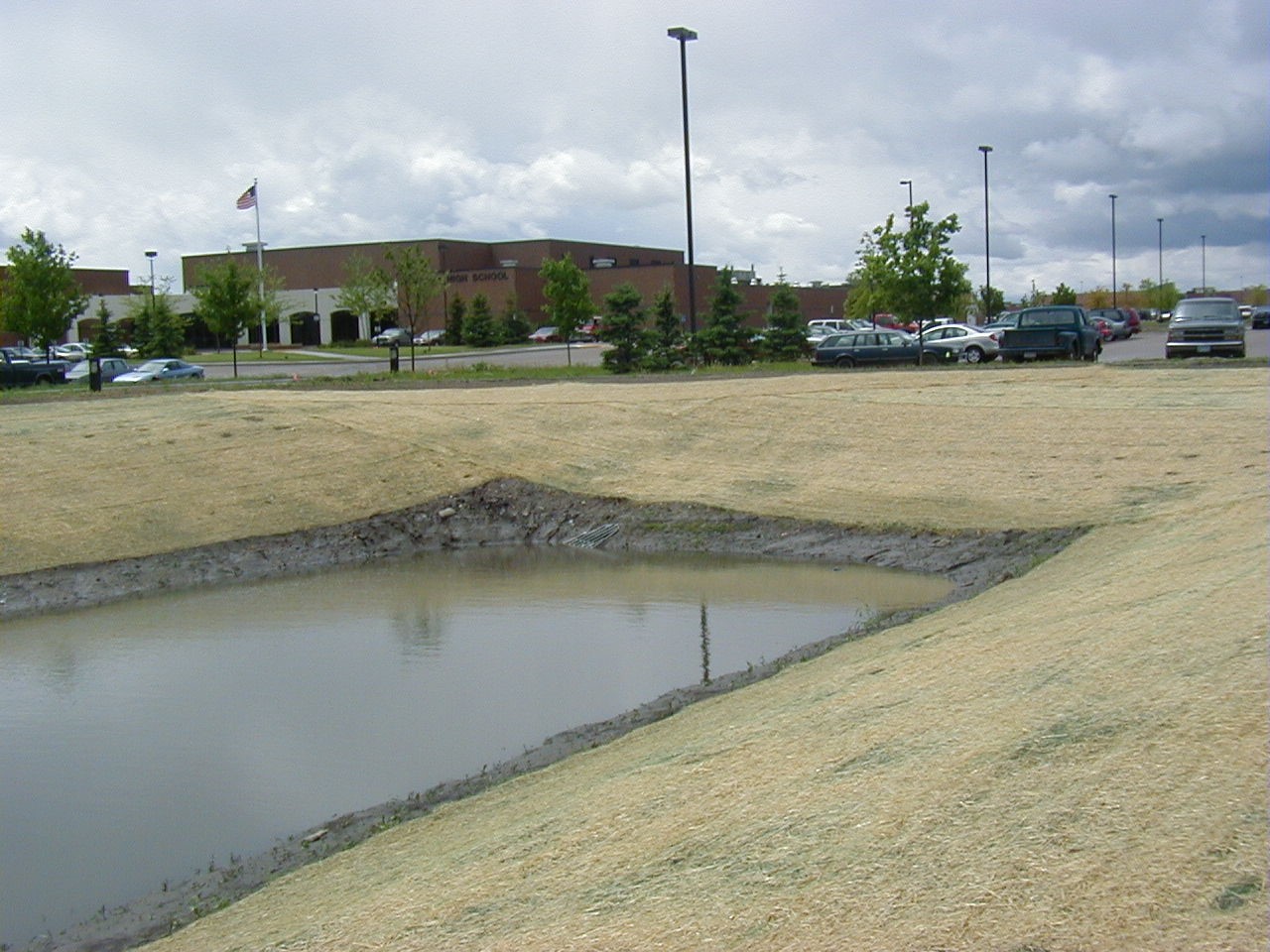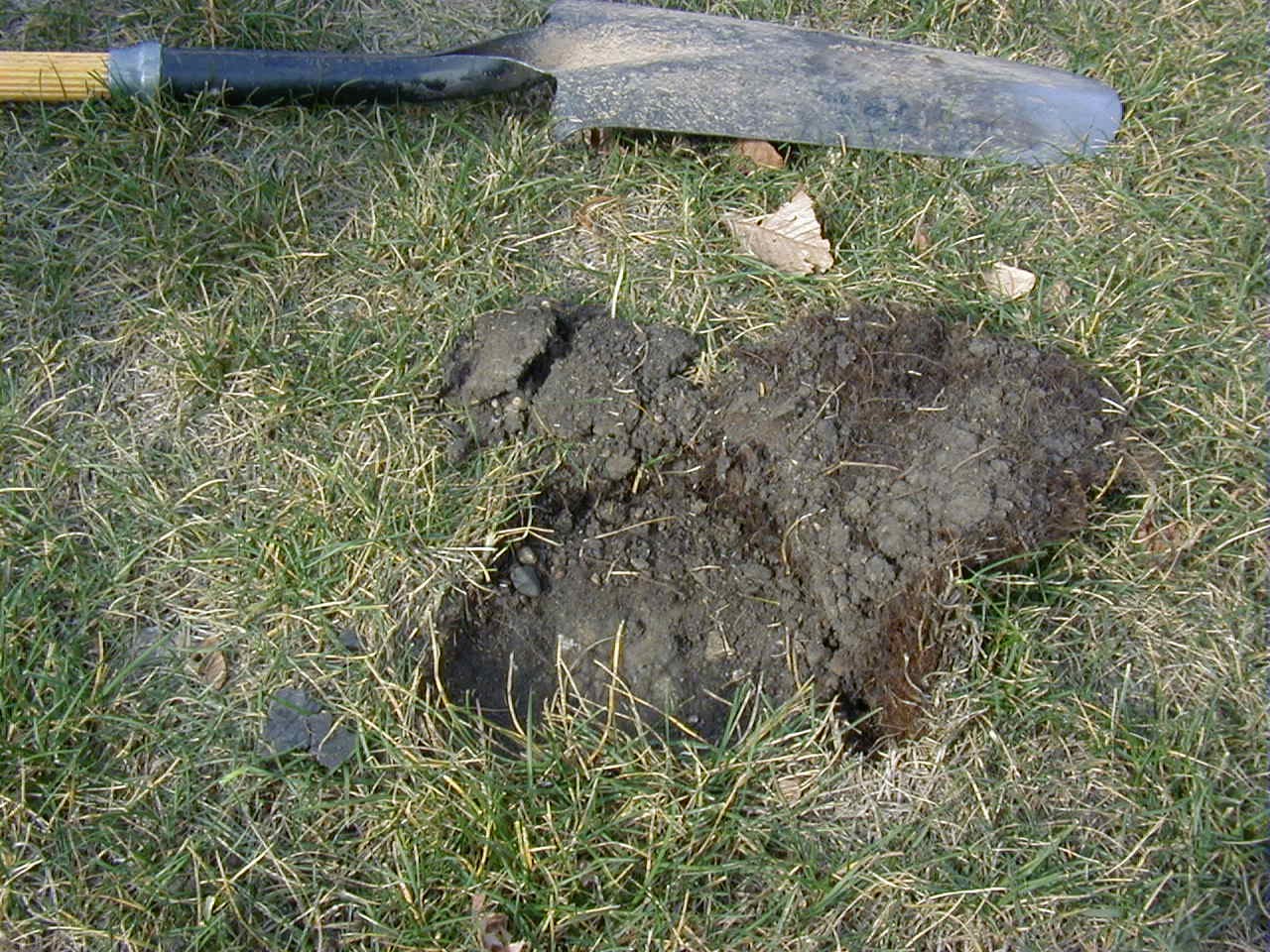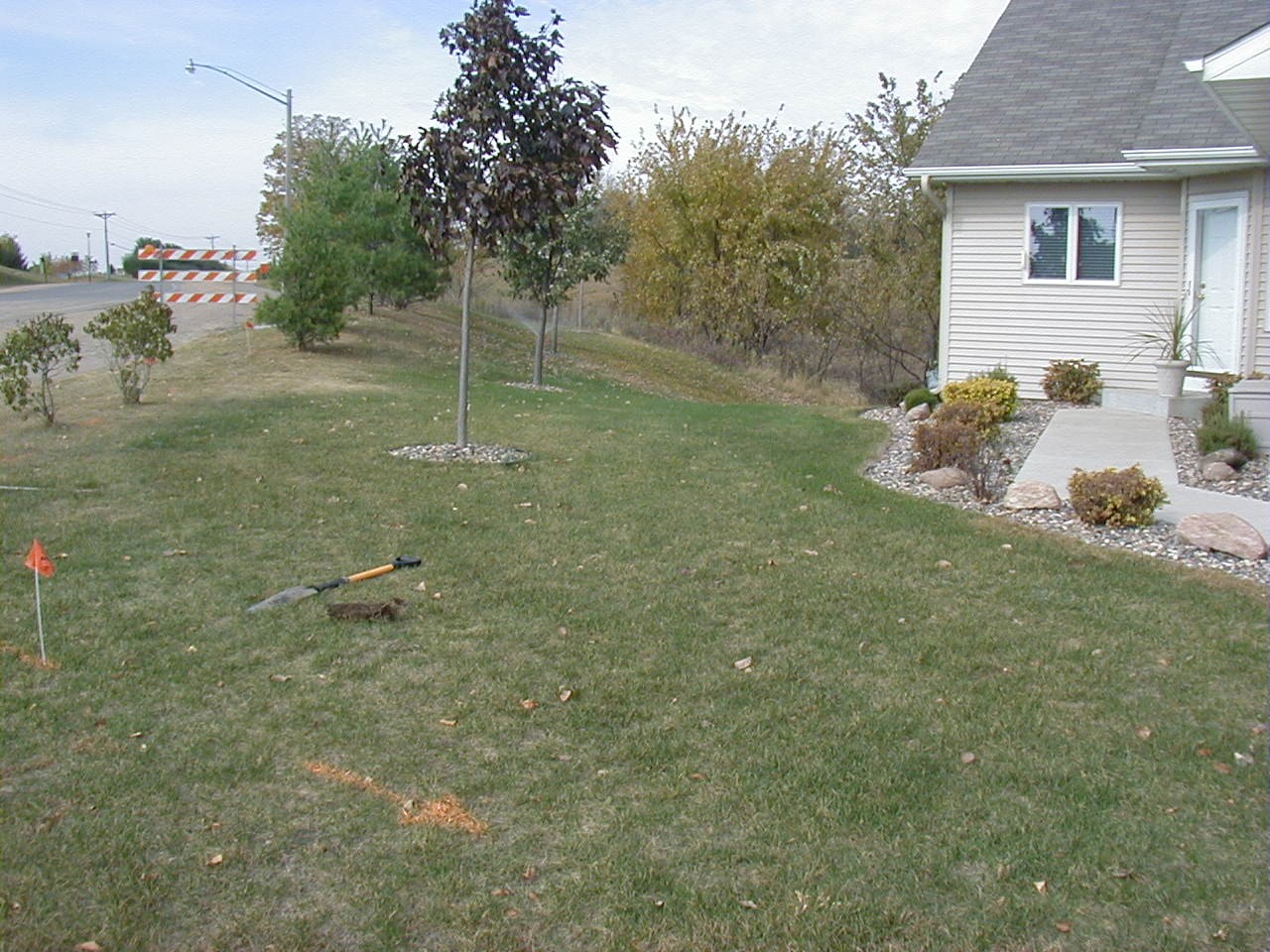Program
Construction Site Erosion Control
Erosion & Sediment Control
When stormwater drains off a construction site, it carries sediment and other pollutants that harm lakes, streams and wetlands. According to the 1996 National Water Quality Inventory, stormwater runoff is a leading source of water pollution. The U.S. Environmental Protection Agency estimates that 20 to 150 tons of soil per acre are lost every year to stormwater runoff from construction sites.
Many studies indicate that controlling erosion can significantly reduce the amount of sedimentation and other pollutants transported by runoff from construction sites. To keep Minnesota’s valuable water resources clean the Minnesota Pollution Control Agency (MPCA) issues permits to construction site owners and their operators to prevent stormwater pollution during and after construction.
Site owners and their construction operators must sign off on a National Pollutant Discharge Elimination System (NPDES)/State Disposal System (SDS) Construction Stormwater General Permit. As part of the application for this legal document, the owner and operator must create a stormwater pollution prevention plan (SWPPP) that explains how they will control stormwater.
Topsoil Concerns
All too often, when a subdivision is developed in Carver County, massive re-grading of the land is performed. The existing topsoil is scraped away in order to build on stable subsoil. After things are built, when it’s time to apply sod or grass seed to the landscape, it will be applied to what is basically a ‘subsoil,’ without the proper topsoil. Unfortunately, most of this subsoil contains a very high percentage of clay, and when clay is packed, it becomes much like concrete. New homeowners are oftentimes not aware of this, and water their lawns daily with no avail since the water is not soaking in the grass, but rather running off onto the street and into storm sewers.
If sufficient topsoil is not returned, any landscaping efforts are likely to be futile. Compacted subsoil is as hard as a rock, and lacks the biological activity that transforms minerals and nutrients into a form plants can absorb. A yard composed of only subsoil is likely to suffer from erosion, because rainwater is unable to infiltrate the compacted surface and runs off in torrents, worsening the problem.
The SWCD staff has been working with Cities and Contractors, educating them on the importance of keeping the scraped topsoil from the construction site, so it can be returned after the final grade, saving homeowners thousands in unnecessary expenses.
This picture above shows how sod was laid down with no topsoil. The grass can be easily peeled back, because it can't establish roots in the hard packed subsoil.
Questions
Contact
- Tom Genelin, Senior District Technician
- 952-466-5230
- tgenelin@carvercountymn.gov
